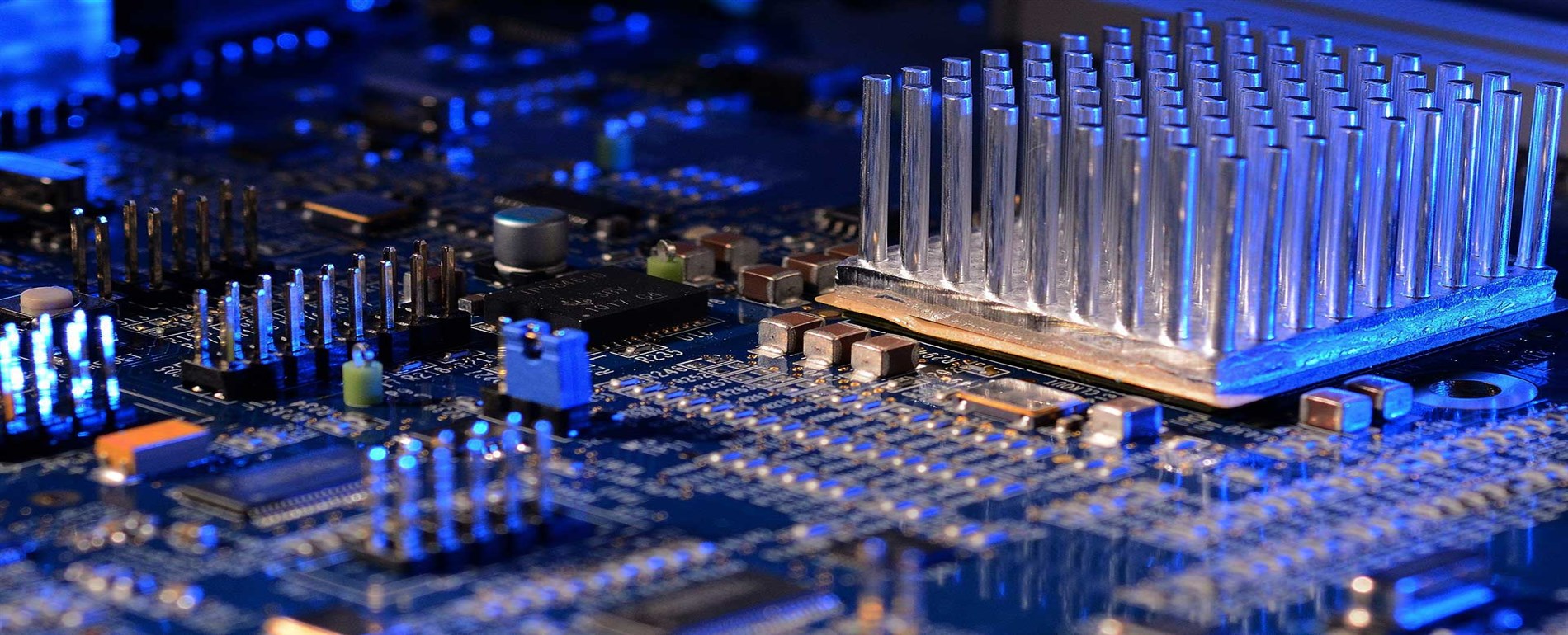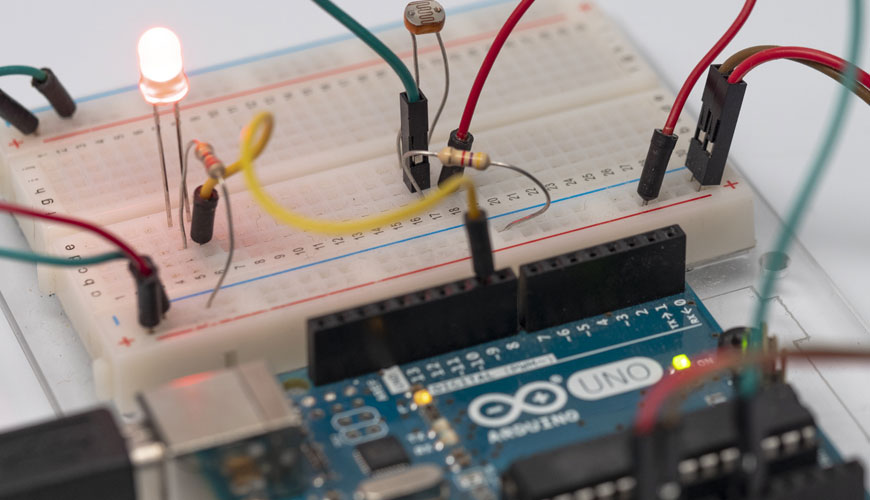

EUROLAB, with its state-of-the-art accredited laboratories and expert team, provides precise and fast testing services within the scope of IEC EN 62689-2 testing. This part of IEC EN 62689 describes electrical events and electrical system behavior during faults according to the most common distribution system architecture and fault typologies to define the functional requirements for (including) fault transition indicators (FPI) and distribution substation units (DSU). explains.

Fault localization means the fault location relative to the FPI/DSU installation point on the network (up or down from the location of the FPI/DSU) or the direction of the fault current flowing through the FPI. Fault localization can be achieved.
Therefore, this part of IEC EN 62689 assists users in the appropriate selection of FPI/DSUs (or a system based on FPI/DSU information) that work properly in their network, taking into account the solutions adopted and the rules of operation (defined by tradition or by convention). aims to be.
This section of IEC EN 62689 focuses on system behavior during faults that form the "core" of the FPI/DSU fault detection capability classes described in IEC EN 62689-1, where all requirements are detailed.
Directional fault detection for both earth faults and overcurrents, based on vector relationships between voltages and currents, is affected by the impedance of the feeder and must be evaluated on a case-by-case basis. Communication between FPIs may be required.
A simpler solution would be to open the closed loop returning radial operation or adopt communication between the FPIs.
Fault current is affected by mains configuration, coil design (pure inductive or inductive resistive or short-time resistive etc.), connection to MV neutral point, resonance coil tuning, mains losses.
Two main solutions are possible: a "pure" arc suppression coil, a fixed or adjustable inductor with a negligible component of resistance only due to internal losses, or a deliberate resistive inductance to increase the amount of resistive current from the coil.
EUROLAB assists manufacturers with IEC EN 62689-2 test compliance. Our test experts, with their professional working mission and principles, provide you, our manufacturers and suppliers, the best service and controlled testing process in our laboratories. Thanks to these services, businesses receive more effective, high-performance and quality testing services and provide safe, fast and uninterrupted service to their customers.
To get an appointment, to get more detailed information or to request an evaluation, you can ask us to fill in our form and reach you.